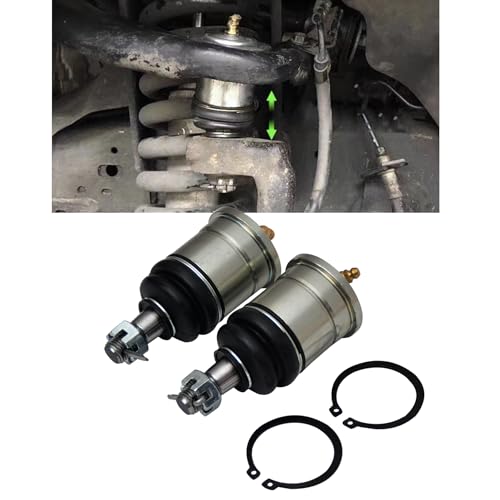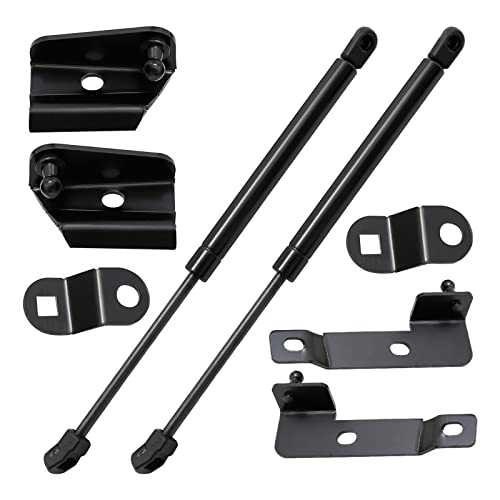From the exploroz forums. Some other punters has done some ground work
Western Australia
The WA Dangerous Goods Act 1988, and Dangerous Goods (Transport) (Road and Rail) Regulations
1999, contains the relevant regulations, both of which are based on the Australian Dangerous
Goods Code (ADGC), sixth edition.
The maximum permissible quantity is 250 litres of petrol, which should be carried in approved
containers in either the boot or on external brackets. It can be carried within the passenger
compartment, such as the back of a station wagon, in approved, properly restrained containers,
but this is not recommended.
Contact the Explosives and Dangerous Goods Division of the WA Department of Mineral and
Petroleum Resources for further into (08 9222 333)
QUEENSLAND
The Transport Operations (Road Use Management - Dangerous Goods) Regulation 1998 permits
carrying up to 250 litres of dangerous goods (fuel) for personal use. The responsibility for
filling a jerry can and ensuring it is an approved container lies with the person filling the
container.
Under the Transport Operations (Road Use Management) Act 1995 owners are prohibited from
modifying their vehicle, its parts or equipment, and from carrying dangerous goods
(irrespective of quantity or position), in an unsafe manner.
This includes carrying containers upright, ensuring they don't leak and are properly secured,
and do not overload the vehicle (especially if transported on roof-racks). A booklet titled Load
Restraint Guide (available from Commonwealth Government Bookshops) should be consulted
Write to: The Group Manager, Vehicle Safety and Industry Reform Section,
Queensland Transport, PO Box 673 Fortitude Valley QLD 4006.
SOUTH AUSTRALIA
In South Australia, petrol is covered by the Dangerous Substances Act and Regulations, which are
in turn based on the ADGC; therefore, the same 250- limit applies.
Diesel is unregulated, as elsewhere, but the Department for Administrative and Information
Services advises that petrol (and diesel) transportation would be covered by the general duty of
care provisions contained in Sections 11 and 12 of the Dangerous Substances Act.
The Road Traffic Act has provisions for duly of care relating to vehicle safety issues such as
overhanging loads and impact protection. They also state that, while carrying fuel in the
driver's vapour space (in a van or wagon), is much debated, it is up to each individual driver
to assess their own risk and duty of care provisions when deciding whether to fit a range tank
or carry fuel in jerry cans. Dangerous Substances Branch, Workplace Services (08) 8303 0447
VICTORIA
In Victoria, the relevant legislation is the Road Act 1995, which has been adopted from
the, (Dangerous Goods) Act -1995 and the Road Transport (Dangerous Goods) Regulations.
The Regulations reference the ADGC under which Regulation 1.10 exempts small quantities of fuel
from the rigours of the Dangerous Goods legislation. This refers, again, to petrol only. Diesel
is not considered dangerous goods.
They maintain it is the responsibility of the driver items, regardless of type, are firmly and
a fuel should be stored in AS2906 containers minimum requirement.
Write to: Victorian WorkCover Authority, Dangerous Goods Unit
GPO Box 4306 Melbourne Vic 3001
TASMANIA
The Tasmanian government refers these, issues to the Dangerous Goods (Road and Rail Transport)
Regulations 1998, which covers general safety and load restraint safety.
The filling of fuel containers is also covered by AS1940 - Storage and Handling of Combustible
and Flammable Liquids. They advise that a person can carry 250 litres of petrol for private use
(as per the ADOC), but the containers must meet AS2906 Fuel Containers/Portable/Plastics and
Metal.
Tasmanian Vehicle and Traffic (Vehicle Standards) that an object fitted to a vehicle must be
designed, built and maintained to minimise the likelihood of injury. As such, this would
prohibit the fitting of jerry cans containing dangerous or explosive substances to any vehicle
(car,4WD, caravan, trailer), especially given the likelihood of rear or side-impact collisions.
Owners of vehicles should check the 'fine print' of their insurance policies. If fuel is
transported in an unsafe manner and an accident leads to greater damage or injury than might
otherwise have been the case apportion blame to the driver and/or invalidate the policy.
Write to: The Department of Infrastructure, Energy and Resources,
GPO BOX 936 HOBART TAS 7001.
NEW SOUTH WALES
The NSW Environment Protection Authority (EPA) and WorkCover NSW are the competent authorities
for dangerous goods control in NSW. They' administer the Road and Rail Transport (Dangerous
Goods) Act 1997 and the Road Transport Reform (Dangerous Goods) (NSW) Regulations 1998.
Under these laws, jerry cans must be approved containers for the transport of Class 3 liquids
(petrol) (ie, AS2906) and the maximum permissible quantity is 250 litres. Diesel is not
considered a dangerous good, but a combustible, and must be carried in a safe manner.
Division 9.3.1 (1) (e) of the ADGC states that 'if the package (ie, jerry can) contains
dangerous goods of a kind that may lead to the formation of flammable, toxic or other harmful
atmospheres - the package must be stowed so that no harmful atmosphere will accumulate in the
cabin If the package leaks'.
The above would indicate that great care should be taken when storing jerry cans inside a 4WD's
luggage compartment, whether it is a separate boot or part of the passenger compartment. AS2906
containers are designed not to vent to the atmosphere, provided they are in good condition and
the seals/lids are functioning correctly.
Write to: NSW Environment Protection Authority
Dangerous Goods Office
59-61 Goulburn St, Sydney NSW 2000.
NORTHERN TERRITORY.
Only containers which comply with Northern Territory Dangerous Goods Regulation 217 can be used
to transport flammable, (petrol.) and combustible (diesel) fuels. Essentially, this covers
containers complying with AS1533/34 and AS1 940, but 'approved container' is also specified
which indicates that containers complying with AS2906 would also be acceptable.
The Northern Territory Dangerous Goods legislation is b ADGC, which specifies that not more
than 250 litres of petrol can be carried. No quantity is specified for diesel.
Information bulletins are available at
www.nt.gov.au/cbb/wha or contact
The Department of Industries and Business, Work Health (08) 8999 511 8
AUSTRALIAN CAPITAL TERRITORY
The transport of fuel is covered under the Dangerous Goods Act. 1975, Dangerous, Goods
Regulations 1978, Road Transport Reform (Dangerous Goods) Act 1995 and Road Transport
(Dangerous Goods) Regulations. The latter takes its requirements from the ADGC.
The DGA (1975) Section, 12 and 14 require fuel to be carried in appropriate, containers
to prevent spillage or leakage, and make it an offence to carry fuel in a manner likely to
cause death/injury, or damage to property.
Section 37(1) of the RTR (DIG) Act1 1995 requires fuel be transported in a safe manner.
Sub Section (2) makes it an offence to do so where a person "ought to have known" that what
they were doing was unsafe or likely to cause damage to persons or property.
Contact: ACT WorkCover (Dangerous Goods) (02) 6207 6354.
This is only a guide so don't rely on this as "The whole truth and nothing but the truth" or cast in stone...Check with your appropriate state transport authorities as the regulations/acts do change without general notice to the public and once again check with your
























